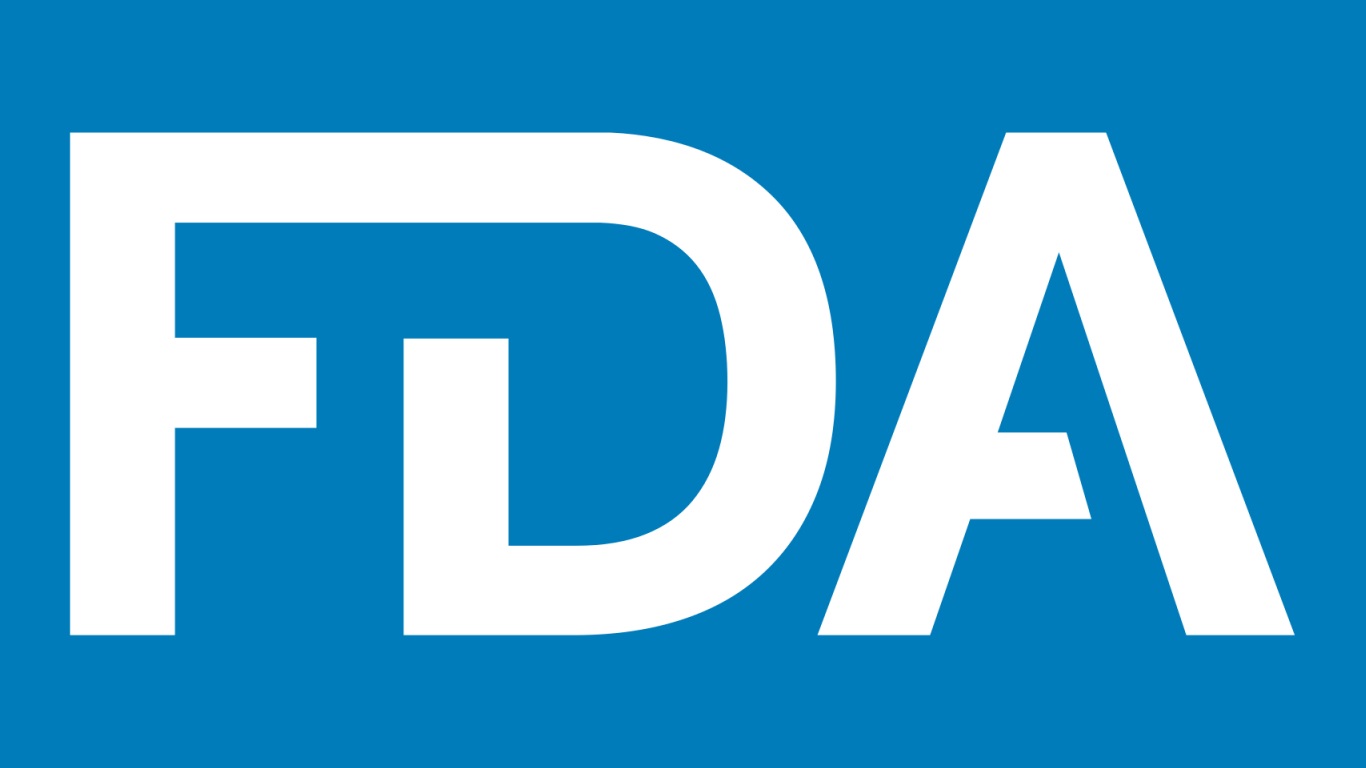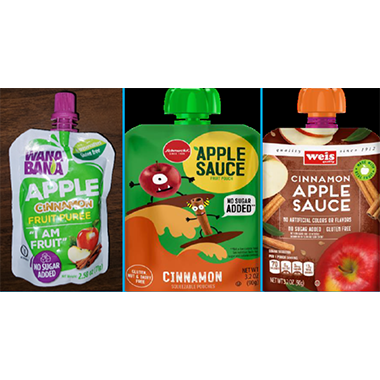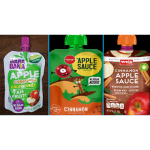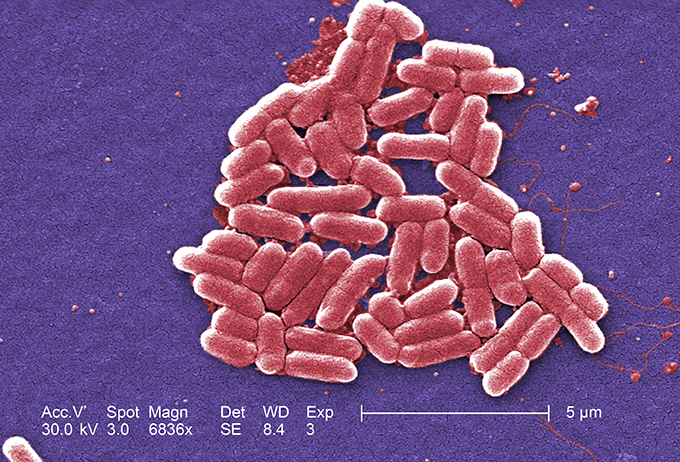Novolyze, developer of food safety and quality digitalization technology and solutions, was recognized as the Most Innovative Food Safety and Quality Software Company of 2023 by New World Report’s Software and Technology Awards.
The Software and Technology Awards, now in their fourth year, recognize companies across North and South America that demonstrate excellence, innovation, and a commitment to advancing technology. Novolyze’s patented technologies provide a comprehensive view of environmental monitoring, process control, sanitation, and other critical aspects of food safety and quality.
“New World Report’s award affirms Novolyze’s mission to revolutionize the food industry,” said Novolyze CEO Karim-Franck Khinouche. “Our SMART Food Safety & Quality platform of solutions ensures product safety without the need for costly testing, empowering efficient and waste-minimized food production, transforming our customers processes so consumers can enjoy safe, high-quality products with confidence.”
Novolyze recently appointed Laurent Vernerey to its Board of Directors. Vernerey brings more than 25 years of experience in industrial software to the board. He is currently an investor and board member of Tulip.co, a leading provider of no-code software for the industrial workforce. Prior to that, he held executive positions at Acuity Brands, where he oversaw its Technology Group, and Schneider Electric, as CEO for North America with an extensive software portfolio including Wonderware and Foxboro.
“Novolyze is at a pivotal time in the company’s growth, which makes it an exciting time to join their Board of Directors,” said Vernerey. “Novolyze has developed a truly innovative platform that is transforming the way food and beverage companies collect, analyze and leverage data. I am confident that my experience will help Novolyze achieve its ambitious goals.”
Image: Laurent Vernerey















